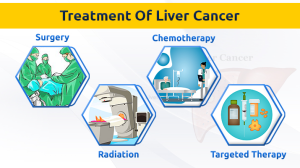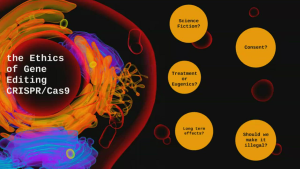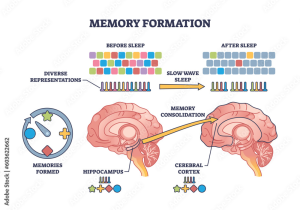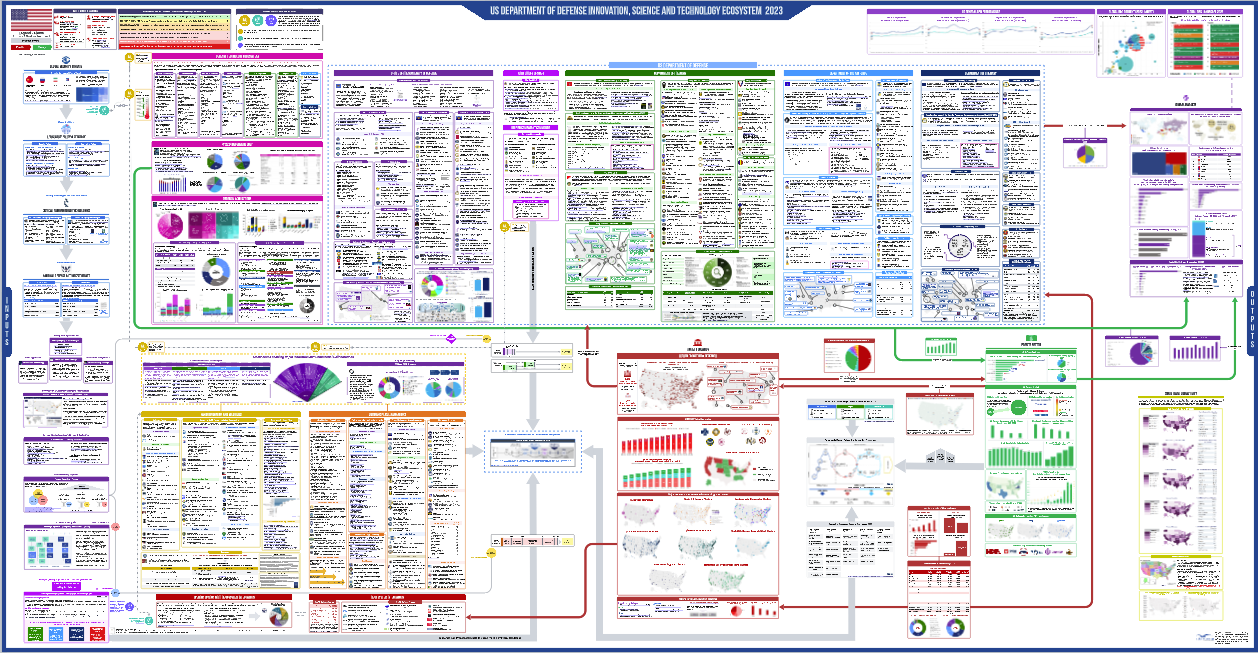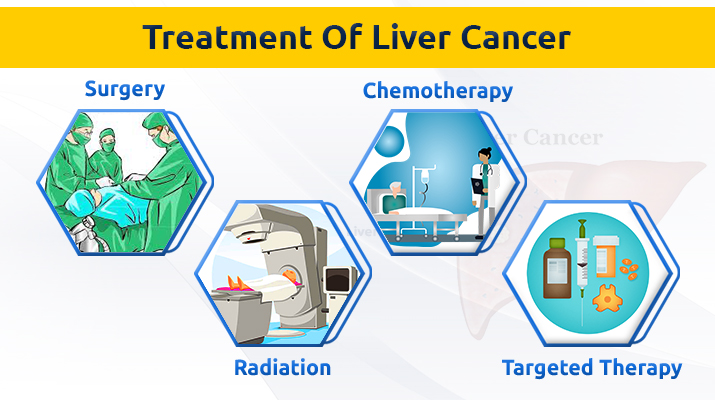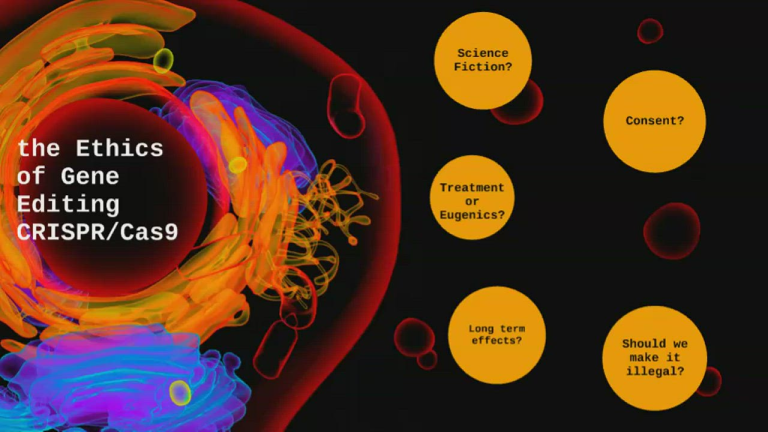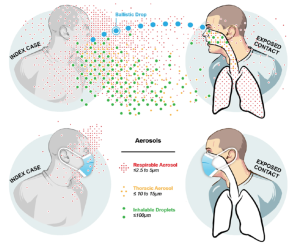The U.S. innovation ecosystem stands as a beacon of progress, capturing the envy of nations worldwide. Originating in the tumultuous period of World War II, this remarkable system blossomed from robust public-private partnerships that harnessed the brilliance of scientists to address pressing military needs. Government funding played a crucial role in spurring groundbreaking biomedical research, leading to pivotal healthcare innovations such as the mass production of penicillin. Today, the synergy within this innovation ecosystem continues to propel technological advancement across various fields, redefining possibilities in healthcare and beyond. As the nation confronts modern challenges, understanding the roots and evolution of the U.S. innovation ecosystem is more vital than ever.
The landscape of U.S. technological growth is characterized by an intricate web of collaboration between the government, academia, and industry, forming a vibrant network of innovation. This framework, often referred to as the national innovation system, has played a significant role in facilitating breakthroughs within sectors such as biomedicine and technology. By fostering strategic alliances and leveraging public funding, this collaborative model has proven effective in driving research and development efforts. The advanced healthcare solutions emerging from this innovation nexus demonstrate its profound impact on improving quality of life and meeting pressing societal needs. Thus, exploring the dynamics of this pivotal system unveils the key mechanisms behind America’s prominent position in global innovation.
The Historical Roots of the U.S. Innovation Ecosystem
The U.S. innovation ecosystem has deep historical roots, dating back to World War II when government initiatives fueled unprecedented advancements in scientific research and technological applications. The war served as a catalyst for collaboration among universities, the federal government, and private industries, leading to the development of crucial innovations such as penicillin. This collaboration not only contributed to military effectiveness but also laid the groundwork for a robust system that drives biomedical research and healthcare innovations to this day.
In 1940, before the U.S. entered the war, leaders from academic institutions approached President Franklin D. Roosevelt with a proposal to engage civilian scientists in developing new technologies for military use. This early effort marked the beginning of a revolutionary partnership that has since evolved, integrating public-private partnerships into the fabric of America’s innovation strategy. Over the subsequent decades, this collaboration has expanded, allowing for significant technological advancements and improvements in public health outcomes.
Public-Private Partnerships: A Pillar of Innovation
Public-private partnerships have become a cornerstone of the U.S. innovation ecosystem, particularly in the biomedical field. These partnerships enable the exchange of knowledge and resources between government entities and private industry, fostering an environment ripe for innovation. Government funding has significantly bolstered programs aimed at advancing biomedical research, allowing academic institutions to pursue groundbreaking studies that ultimately lead to healthcare innovations that benefit society.
The symbiotic relationship between federal agencies, such as the National Institutes of Health, and private sectors exemplifies how collaborative research efforts can lead to significant breakthroughs. For instance, the coordination of research funding and support during times of national crisis, such as World War II, showcased how essential these partnerships are for addressing urgent healthcare needs. The success of this model has not only enhanced U.S. technological advancement but has also made it a benchmark for innovation systems around the globe.
Impact of Government Funding on Biomedical Research
Government funding has played a vital role in shaping the U.S. biomedical research landscape. By providing the necessary financial backing to academic institutions and research organizations, federal funding has significantly accelerated the pace of discoveries in medicine and technology. In the years following World War II, the establishment of funding frameworks and grants transformed the field, allowing for the systematic exploration of diseases and development of new treatments.
Moreover, with growing scrutiny over research funding allocations, it is crucial to recognize the transformative effects of government support. Whether through grants or contracts, funds dedicated to biomedical research facilitate not only immediate scientific advancements but also longer-term advancements in public health and disease prevention. Without sustained commitment to governmental funding, the risks of stagnation in scientific innovation become higher, potentially hampering progress in critical areas of healthcare.
Technological Advancements in Healthcare: A Continuous Journey
The journey of technological advancements in healthcare has been shaped by a rich history of collaboration and investment in research. Major breakthroughs, particularly during wartime, exemplified the necessity for rapid development of medical technologies to confront crises. The innovations born from the wartime research initiatives led to improved medical treatments and greater understanding of various diseases, ultimately saving lives and enhancing overall health standards.
As technology continues to evolve, the methods of research have become more sophisticated, incorporating data analytics, artificial intelligence, and biotechnology into the biomedical research paradigm. Innovations such as targeted therapies and personalized medicine demonstrate the ongoing transformation within healthcare, reflecting the significant investments made into research and development by both public and private sectors. The ability to adapt and integrate new techniques is crucial for continuing this trend of improvement and ensuring the health sector meets future challenges.
The Golden Age of Drug Development: Lessons from the Past
The period following World War II is often referred to as the golden age of drug development, a time marked by unprecedented advancements in pharmaceutical research and the introduction of various life-saving medications. The collaboration between government entities and private drug companies during this time facilitated a unique environment where innovative ideas could thrive. Programs initiated during the war significantly bolstered the capabilities of researchers, leading to the development of antibiotics and various therapeutic agents that transformed healthcare.
This golden era highlights the importance of establishing strong support mechanisms for public and private collaborations in biomedical research. By fostering an ecosystem that prioritizes scientific inquiry and innovation, we can ensure the ongoing availability of new treatments and solutions to combat emerging health issues. The lessons learned from this period are as relevant today as they were then, as continuous support for research is paramount in navigating the complexities of modern healthcare.
Emerging Challenges in the Innovation Ecosystem
As the U.S. innovation ecosystem continues to evolve, emerging challenges pose significant risks to its effectiveness and sustainability. Current debates surrounding government funding for research illustrate the contentious nature of public investment in scientific endeavors. Proposed cuts to federal funding sources, especially in regard to biomedical research, could potentially detract from the collaborative efforts that have proven vital to technological advancements and healthcare improvements.
Furthermore, the interplay between academia and private industry continues to face scrutiny as the pressure to produce immediate results often clashes with the long-term nature of scientific research. Ensuring that the public-private partnerships continue to thrive requires navigating these challenges effectively, allowing for a balanced approach to funding and a commitment to innovation that remains responsive to society’s pressing health needs.
The Role of Education in Sustaining Innovation
Education plays a pivotal role in sustaining the U.S. innovation ecosystem, particularly in the fields of science and technology. Initiatives to train future generations of scientists and researchers are integral to maintaining a robust pipeline of talent that can drive further advancements in healthcare and related sectors. By fostering a learning environment that promotes research and experimentation, educational institutions contribute significantly to the evolution of biomedical research.
The engagement of young scholars in research activities, particularly during impactful historical events such as World War II, provided invaluable experience that shaped the future of scientific inquiry. The knowledge and skills acquired during this formative period have empowered countless individuals to contribute to major advancements in health sciences. Continuing to support education and training in research disciplines is essential for ensuring the next wave of innovation can rise to meet future challenges.
Maintaining the Health U.S. Innovation Ecosystem
Maintaining the vitality of the U.S. innovation ecosystem is crucial not only for national interests but for global health as well. Striking the right balance between funding and governance of research programs is essential to continue attracting top talent and fostering innovation. Ensuring the secure and sustained investment of both public and private resources allows for richer collaboration and maximizes the output of groundbreaking research.
Furthermore, looking ahead, it is important to focus on creating policies that facilitate innovation without compromise. Maintaining the U.S. innovation ecosystem as the envy of the world requires proactive strategies that safeguard funding streams while promoting partnerships between government entities and private innovators. Such commitments will be instrumental in tackling future health challenges and enhancing the societal benefits stemming from biomedical research.
Global Impact of U.S. Healthcare Innovations
The healthcare innovations emerging from the U.S. innovation ecosystem have a profound global impact. As advancements in biomedical research continue to be developed, they hold the potential to address critical health challenges worldwide. Innovations in drug development, diagnostics, and medical technologies have the capacity to transform healthcare systems across different countries, ultimately enhancing public health and improving quality of life.
In a globalized world, the ripple effects of U.S. healthcare innovations underscore the significance of sustaining a collaborative research environment. Other nations often look to the U.S. as a model for establishing effective public-private partnerships and robust research infrastructures, thus amplifying the importance of the American approach to innovation. As we contribute to solving health issues on a global scale, it is crucial to continue nurturing our innovation ecosystem to support a thriving future.
Frequently Asked Questions
How does the U.S. innovation ecosystem support biomedical research?
The U.S. innovation ecosystem supports biomedical research through a robust collaboration between federal government agencies, universities, and private industry. This system, rooted in historical partnerships established during World War II, leverages public funding to promote advancements in medical technologies and treatments. Organizations like the National Institutes of Health (NIH) are pivotal in providing government funding that catalyzes innovation in biomedicine, leading to groundbreaking healthcare innovations.
What role do public-private partnerships play in the U.S. innovation ecosystem?
Public-private partnerships are essential to the U.S. innovation ecosystem as they foster collaboration between government, academia, and private industry. These partnerships leverage resources and expertise, enabling significant advancements in technological innovation and biomedical research. By sharing knowledge and funding, these collaborations lead to efficient development of healthcare innovations that improve patient outcomes.
Why is government funding critical for the U.S. innovation ecosystem?
Government funding is vital for the U.S. innovation ecosystem as it provides necessary resources for research and development, especially in fields like biomedical research. This funding helps establish programs that drive technological advancements and support academic institutions in conducting cutting-edge research. Such investments not only facilitate health innovations but also contribute to the nation’s overall economic growth.
Can you explain the impact of technological advancements in the U.S. innovation ecosystem on healthcare?
Technological advancements in the U.S. innovation ecosystem have a profound impact on healthcare by enhancing the development of new treatments and medical devices. These innovations, often supported by public partnerships and research funding, lead to improved diagnostic tools, therapeutic methods, and healthcare delivery systems. Consequently, they contribute significantly to better health outcomes and prolonged life expectancy for various populations.
How did World War II influence the U.S. innovation ecosystem and its biomedical research capabilities?
World War II significantly influenced the U.S. innovation ecosystem by establishing a framework for public-private research partnerships. The urgent need for medical advancements, such as penicillin production, led to increased government investment in biomedical research. This historical shift created a lasting infrastructure for collaboration between federal agencies, universities, and private firms, which continues to drive technological advancements in healthcare today.
| Key Point | Details |
|---|---|
| Historical Roots | The partnership between the U.S. federal government and academia began during World War II, aimed at harnessing civilian scientists to develop new technologies for the military. |
| Penicillin Production | Government-supported research led to the mass production of penicillin, showcasing the potential of public-private innovation partnerships. |
| Public-Private Partnership | This collaboration was vital for advancing biomedical sciences and established a model for innovation that has been emulated worldwide. |
| Long-term Impact | The infrastructure created during the war laid the foundation for postwar growth in biomedical sciences, leading to significant breakthroughs in drug development. |
| Future Considerations | Current debates on federal funding and indirect cost reimbursement highlight the need to protect and reform the U.S. innovation ecosystem for continued success. |
Summary
The U.S. innovation ecosystem is known globally for its unique blend of government support, academic research, and private sector collaboration, which has led to groundbreaking developments in various fields, especially biomedicine. Established during World War II, this framework has not only addressed immediate wartime challenges like disease control but also laid the groundwork for a robust postwar biomedical landscape. As the nation assesses its future in federal funding and research policies, it remains critical to safeguard the collaborative spirit that has driven decades of progress and innovation.

